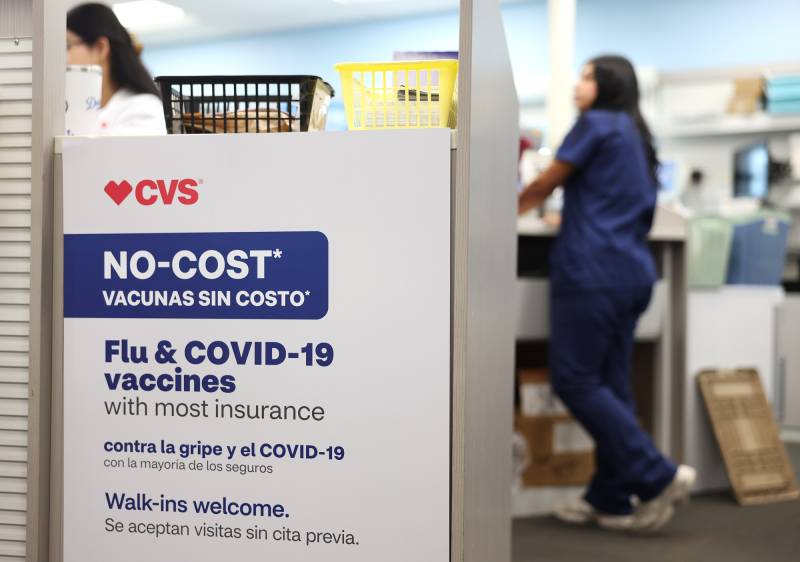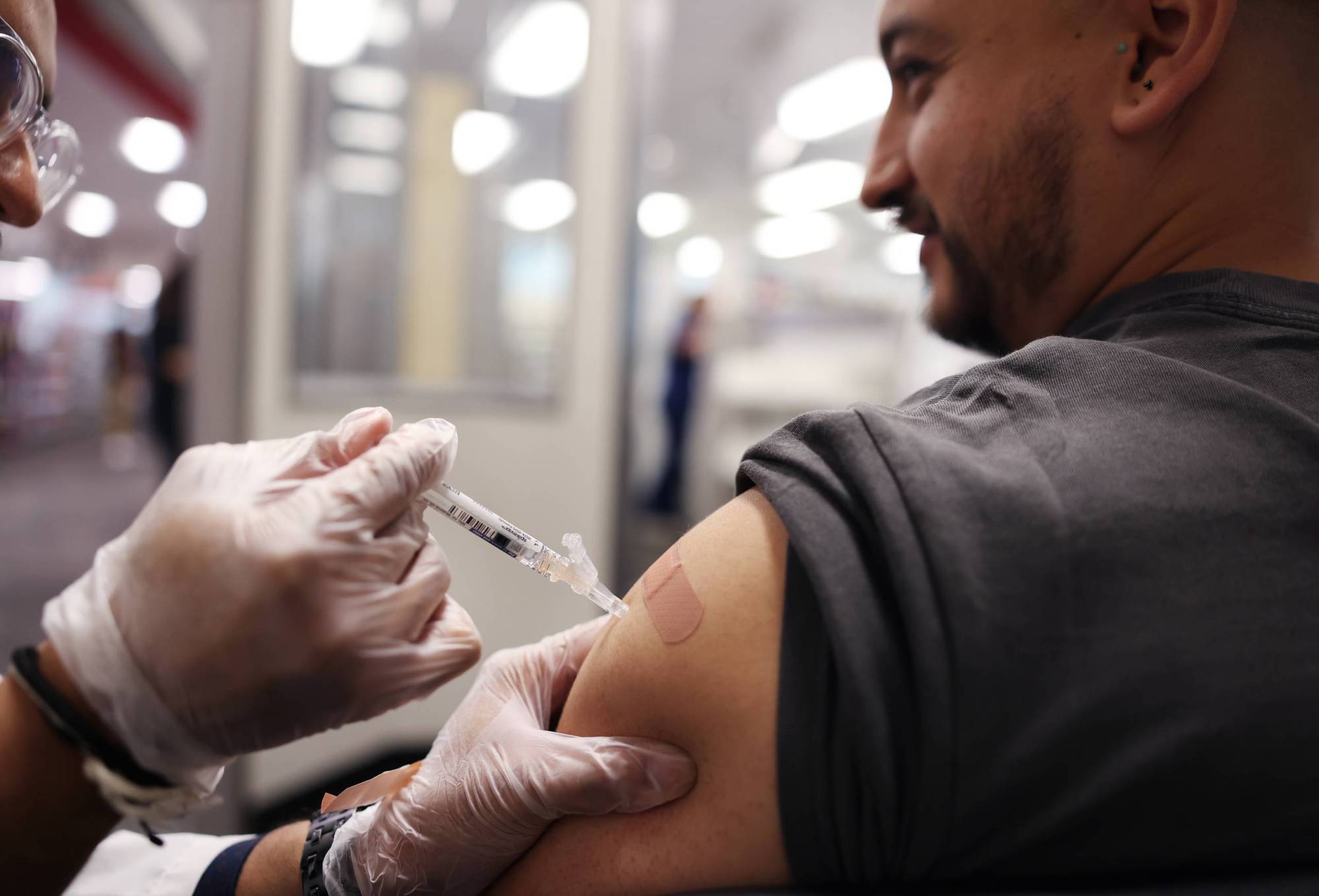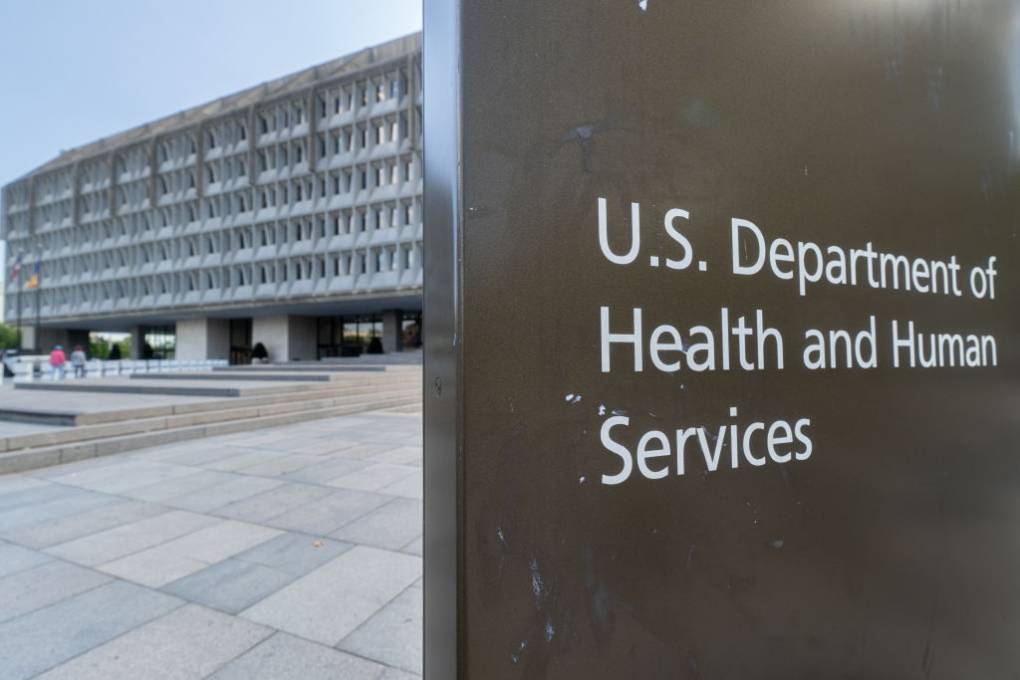“We may continue to see influenza A drop, but then the number of cases of influenza could go back up because influenza B is starting to play a role,” Swartzberg said. “We’ve seen that pattern over the last several years.”
Experts can only speculate as to why the rates of infection are so much higher this year, Swartzberg said, adding that several factors, such as a decrease in the use of masks in crowded spaces and lower vaccination rates, could be contributing.
People have been less diligent about getting their flu shots since the COVID-19 emergency ended, and herd immunity is way down, Swartzberg said. Additionally, since many people have had less exposure to the flu in recent years, they’re naturally more vulnerable to the respiratory illness, he added.
While the CDC recommends that everyone 6 months and older get the flu vaccine as early as possible — ideally in the fall — it’s never too late to get vaccinated, especially since the virus is still circulating.
“If you haven’t been vaccinated, you’ll get some immunity within a week of the vaccine, and you get your optimal immunity within two weeks of the vaccine,” Swartzberg said. “The vaccine may not prevent you from getting infected or even getting sick, but it’s quite good at preventing that sickness from getting really bad.”
Where can I find a flu shot?
Although the CDC recommends that everyone 6 months and older get an annual flu vaccine “ideally by the end of October,” the agency also said that people “should continue to get vaccinated as long as flu viruses pose a threat to their community.”
That means that if you forgot to get your shot back in the last months of 2024 — and you haven’t been hit by a flu infection yourself this winter — it’s not too late to get the flu vaccine now and increase your protection.
If you have health insurance, a flu shot is covered and available without extra cost as a preventive service from your usual health care provider. It’s also available at most pharmacies (see below).
Common places to find a flu shot appointment, walk-in site or drive-thru flu shot:
If you don’t have health insurance, you can get the vaccine free of charge from several providers and community clinics around the Bay Area. (You can also technically use these free services even if you do have insurance, but you may consider choosing to reserve these particular resources for those without coverage.)
Your county’s public health department may also be offering flu shots.
Places to get a free or low-cost flu shot in the Bay Area include:
KQED’s Natalia Navarro contributed to this report.


